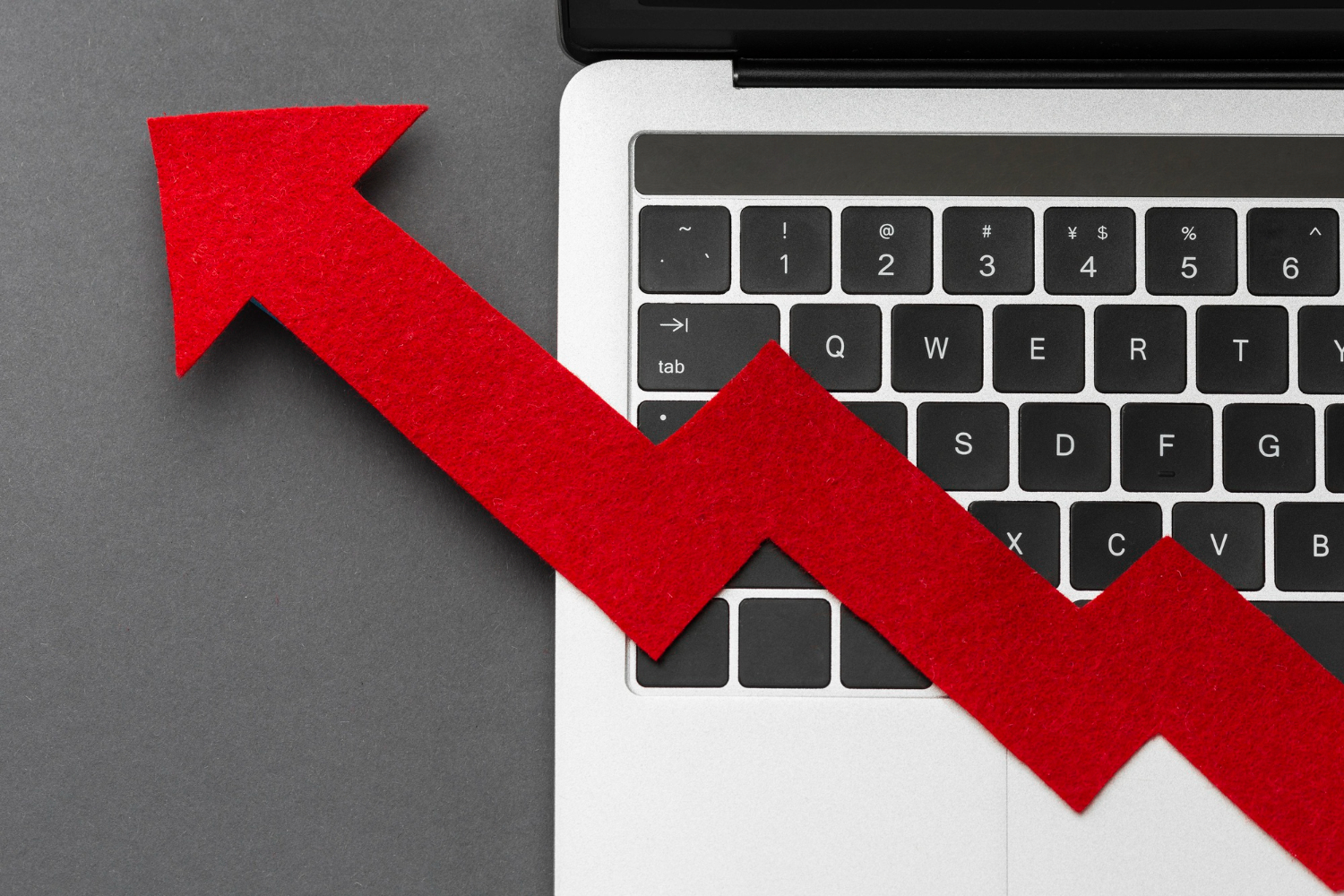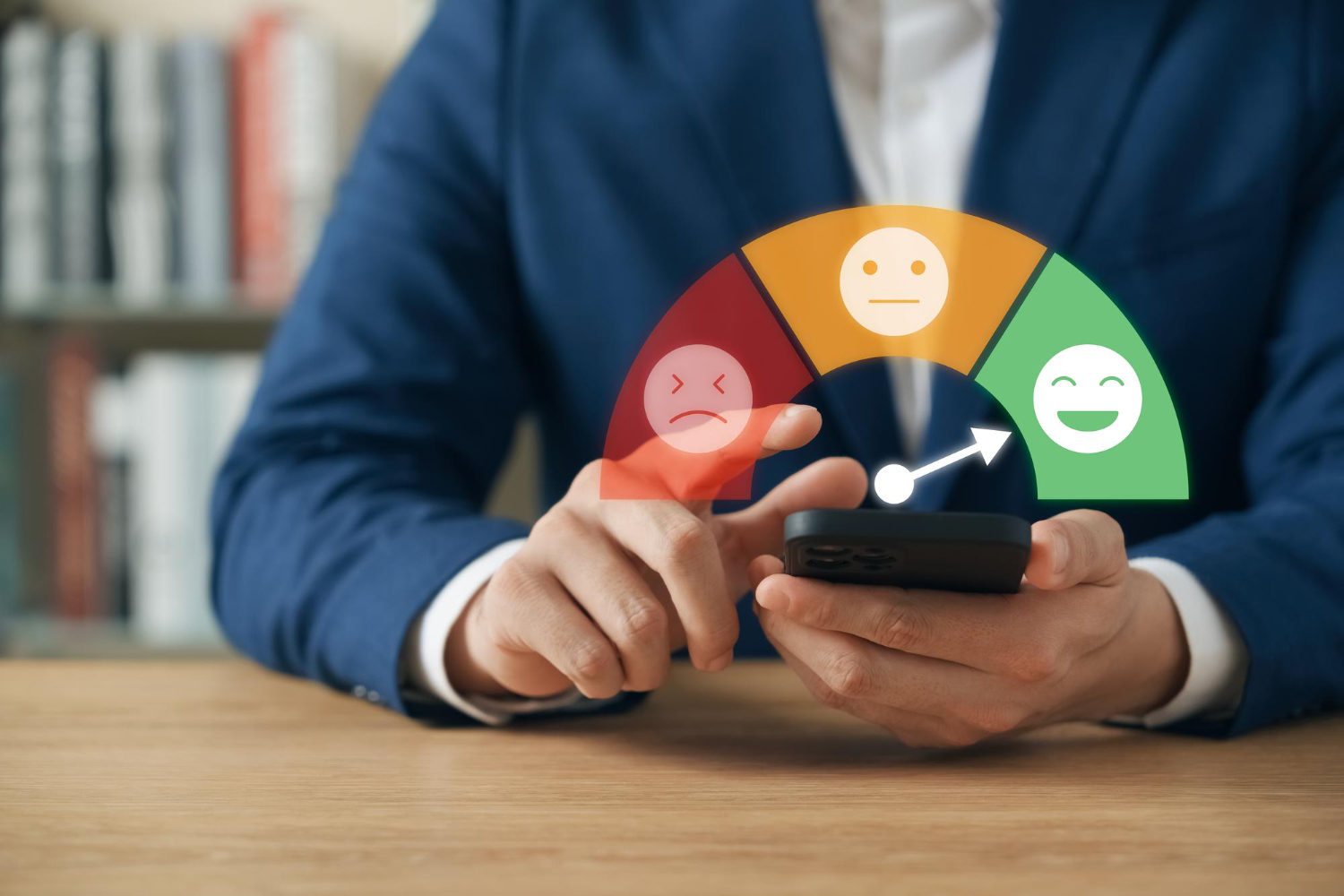Customer Satisfaction: A Guide to Building Lasting Loyalty
More than ever, customer satisfaction is a growth engine for B2B companies in 2025. Organizations that excel in this area achieve higher retention rates and turn their customers into true ambassadors. Faced with the growing expectations of professional buyers and the digitalization of the buyer's journey, mastering new customer satisfaction practices becomes a decisive competitive advantage. Discover concrete strategies to optimize your business performance through a reimagined approach to customer satisfaction.
- Definition & Strategic Importance: B2B customer satisfaction is the alignment between expectations and delivered value, encompassing product, service, and relationship. It is crucial for retention (less costly than acquisition) and growth through referrals.
- Effective Measurement: It includes emotional, rational, and relational aspects, as well as the impact of digital. Its measurement relies on KPIs like NPS, CSAT, CES, and the analysis of qualitative and quantitative data.
- Pillars & Improvement Techniques: High customer satisfaction is built on service excellence, personalized experiences, and proactive communication. It is enhanced through loyalty programs and premium support.
- Tools & Company Culture: Its optimization is supported by tools (CRM, analytics platforms, AI) and requires continuous team training and a genuinely customer-centric company culture.
The Fundamentals of Customer Satisfaction
How to Define Customer Satisfaction Today?
In B2B, customer satisfaction represents the alignment between a client company's expectations and the actual value delivered by its supplier. This multidimensional concept includes product quality, service relevance, and relational excellence.
A satisfied customer is characterized by their propensity to renew purchases and actively recommend their supplier. This satisfaction rests on three fundamental pillars: meeting expressed needs, proactively managing issues, and creating added value. These principles directly feed into a company’s sales action plan, ensuring that every client interaction aligns with measurable business goals.
The measurement of this satisfaction relies on precise indicators like the Net Promoter Score (NPS) or the Customer Satisfaction Score (CSAT). These metrics allow for an objective evaluation of the business relationship and help identify priority areas for improvement.
The Strategic Importance for B2B Companies
Data from 2025 reveals that a 5% increase in retention rate can boost profitability by up to 95%. A telling example: an IT services company reduced its acquisition costs by 60% by prioritizing the retention of its existing base over prospecting. Reducing acquisition costs also boosts profitability metrics like ARPU, LTV and limits risks of churn.
Creating long-term value requires an approach centered on the expectations of professional buyers. A McKinsey study shows that leading B2B companies in this area have a growth rate 2.5 times higher than their competitors. This performance is largely due to active referrals generating 40% of new business opportunities.
Constantly Evolving Customer Expectations
A 2025 Qualtrics study reveals that 75% of B2B buyers seek personalized experiences without wanting to share their data. This new reality forces companies to rethink their approach.
Professional customers now demand a response to their support requests within 2 hours. An industrial manufacturer saw its satisfaction rate jump by 40% after implementing a rapid multi-channel response system.
The responsibility dimension is also gaining prominence: 81% of B2B decision-makers consider CSR criteria decisive in their choice of suppliers. This profound transformation of expectations is redefining the standards of business excellence.
The 4 Essential Dimensions of Customer Satisfaction
The Emotional Dimension of the Customer Experience
B2B purchasing decisions are based on a subtle mix of rational and emotional factors. A 2025 KPMG study reveals that authentic connections with suppliers influence 65% of final choices.
A premium automaker illustrates this reality: redesigning its customer journey around empathy generated a 45% increase in contract renewals. The key? Training salespeople to detect emotional cues and adapt their approach.
Top-performing brands now systematically map key emotional moments: the first demo, contract signing, technical support. This deep understanding allows them to anticipate unexpressed needs and create memorable moments.
The Rational Aspect and Objective Criteria
The cognitive dimension of customer satisfaction is based on measurable and quantifiable criteria. A B2B software manufacturer systematically evaluates its solutions' performance using precise metrics: response time, uptime rate, and incident resolution.
Professional buyers base their decisions on a set of rational parameters such as value for money, compliance with specifications, and reliability of delivery times. These tangible elements form the basis of an objective satisfaction assessment.
Factual analysis relies on satisfaction surveys structured around specific checkpoints: adherence to contractual commitments, quality of technical support, and measured return on investment.
The Relational Component with Teams
The performance of sales teams is the foundation of lasting customer satisfaction. A state of contentment is built through the quality of daily interactions between employees and customers.
A shared knowledge base allows teams to maintain a consistent level of service. For example, an industrial equipment manufacturer implemented weekly meetings where each salesperson shares their relational best practices.
Employee motivation is directly reflected in the positive emotions generated in customers. Developing active listening within sales and support teams remains a cornerstone of relational excellence. An IT services company transformed its internal recognition program to reward positive customer feedback, creating a virtuous cycle between team engagement and customer satisfaction.
The Digital Impact on Satisfaction
Digital transformation is revolutionizing B2B customer satisfaction standards in 2025. Data shows that 85% of business interactions now rely on digital tools to optimize the customer experience.
A CRM platform enhanced by artificial intelligence improves team responsiveness by 40%. Companies that adopt an omnichannel strategy see an average 35% increase in their satisfaction rate. This approach often integrates inbound sales techniques, leveraging digital channels to nurture trust and engagement.
Digital also enhances the personalization of interactions. Predictive analytics anticipate customer needs with 80% accuracy, while intelligent follow-up automation ensures a response to urgent requests within 30 minutes. A premium automaker reduced its processing times by 60% thanks to these technologies.
Measuring Customer Satisfaction Effectively
The Main Key Performance Indicators (KPIs)
The objective measurement of satisfaction relies on carefully selected key performance indicators. The CSAT (Customer Satisfaction Score) evaluates immediate contentment after each interaction, while the CES (Customer Effort Score) measures the perceived ease of exchanges.
An industrial machinery manufacturer adopted the CLV (Customer Lifetime Value) to predict the long-term value of its partnerships. This approach helps identify segments requiring special attention.
Top-performing companies combine these metrics with qualitative data such as:
- Customer verbatims collected during interactions
- Field feedback from sales teams
- Tracking of renewal intentions
- Analysis of cancellation reasons
The Net Promoter Score (NPS) and Its Use
The Net Promoter Score revolutionizes B2B customer satisfaction measurement with its simplicity. A single question assesses customers' willingness to recommend your company on a scale of 0 to 10.
The answers create a precise portrait of your customer base: scores of 9-10 represent your active ambassadors, 7-8 indicate passive satisfaction, while 0-6 signal urgent areas for improvement. A software solutions manufacturer transformed its sales approach after identifying that 65% of its new contracts came from promoter referrals.
The strength of NPS lies in its regular tracking. An industrial services company increased its renewal rate by 40% by adapting its offers based on feedback from different customer categories.
Key Questions for Your Customer Surveys
The wording of questions determines the quality of the feedback obtained. An effective B2B survey focuses on specific points: satisfaction with delivery times, quality of technical support, or ease of use of the solutions.
An industrial machinery manufacturer optimized its questionnaires by adopting a progressive approach: starting with closed-ended questions about the overall experience, then delving deeper with open-ended questions about areas for improvement.
The most revealing questions focus on:
- Responsiveness to technical emergencies
- Value for money of the services
- Clarity of ordering processes
- Relevance of the proposed solutions
Analyzing Satisfaction Data
Leveraging customer feedback requires a structured methodology to turn raw data into concrete actions. Cross-referencing consumption habits with satisfaction levels reveals valuable trends about weaknesses to address.
An industrial services company reduced its number of unhappy customers by 30% by applying predictive analysis to customer verbatims. This technique highlighted early warning signs of dissatisfaction, allowing them to anticipate churn risks.
The processing of qualitative data relies on advanced techniques like text mining. This approach uncovers recurring themes in customer comments and quantifies their impact on revenue.
10 Determining Criteria for B2B Customer Satisfaction
- Product or Service Quality: Quality standards in B2B are based on measurable, objective criteria. A 2025 Qualtrics study shows that 85% of decision-makers evaluate a product or service's performance on its ability to generate a quantifiable ROI.
- Team Responsiveness: The speed of response to customer inquiries is a key factor in B2B sales performance. A 2025 McKinsey analysis shows that handling a request within 30 minutes triples the chances of closing a sale.
- Personalization of the Customer Relationship: Personalization is a major strategic lever for B2B companies in 2025. An Accenture study reveals that 83% of decision-makers prefer suppliers who can tailor interactions to their specific challenges.
- Process Transparency: The clarity of business processes is becoming a key factor of trust in B2B. An industrial equipment manufacturer revolutionized its customer relationship by implementing a dynamic dashboard for real-time tracking.
- Expertise and Advice: Expert guidance is a fundamental pillar of B2B customer satisfaction. Companies seek partners who can anticipate their business challenges and provide real strategic added value. That’s why leading teams rely on structured frameworks like CAB or CRAC to guide consultative selling.
- Modern Satisfaction Measurement Tools: New-generation digital questionnaires are revolutionizing customer feedback collection in 2025, using AI to dynamically adapt questions.
- Real-Time Analytics Solutions: Dynamic dashboards are transforming B2B customer satisfaction monitoring, allowing companies to instantly identify friction points.
- The Contribution of AI in Customer Measurement: AI algorithms are revolutionizing customer satisfaction assessment in 2025, automatically analyzing conversations to detect dissatisfaction signals with 95% accuracy.
- Team Training and Development: A continuous training program helps salespeople master new analytical tools and understand evolving customer expectations.
- The Role of the Customer Satisfaction Manager: This pivotal role requires analytical skills, diplomacy, and a deep understanding of B2B challenges to turn all customer feedback into an opportunity for improvement.
FAQ
What are the most used key performance indicators (KPIs) to measure customer satisfaction?
The Net Promoter Score (NPS) to assess the likelihood to recommend, the Customer Satisfaction Score (CSAT) for point-in-time satisfaction, and the Customer Effort Score (CES) for customer effort.
How can personalizing the experience improve customer satisfaction in B2B?
By adapting offers, communication, and the entire journey to the specific needs and challenges of each client company, thereby strengthening their engagement and perceived value.
Customer Satisfaction: A Guide to Building Lasting Loyalty
To implement active and systematic listening to customer feedback (via surveys, direct feedback, interaction analysis) to precisely identify friction points and expectations.
Turn opportunities into wins
With Cuevr, close more and faster
Cuevr helps you organize your thoughts and maximize every detail to persuade prospects more effectively and accelerate closing.
Precise, impactful proposals aligned with your goals.
Smart Builder, AI scoring, detailed tracking, and actionable recommendations to guide every step from qualification to closing.
Accelerate your sales cycles, Reduce ghosting, Improve your close rate, Enhance the quality and impact of your proposals
.avif)


.avif)


